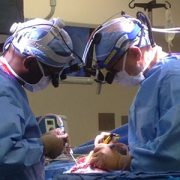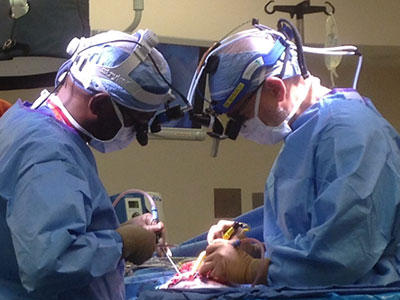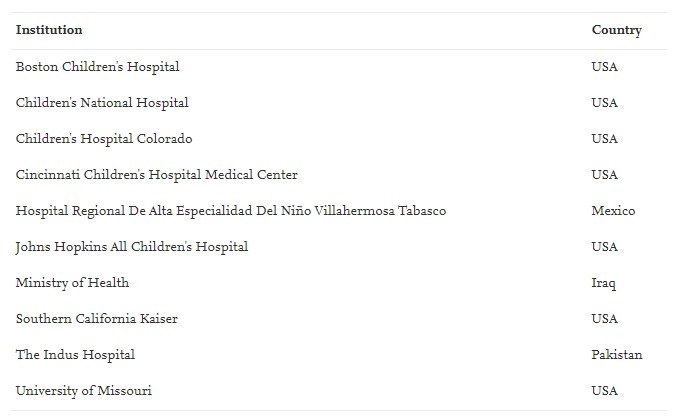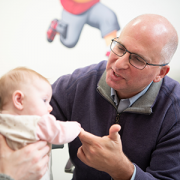Colorectal surgeons ensure recognition for surgical innovation of Dr. Asa Yancey

Dr. Asa Yancey’s pioneering operation went unrecognized for over half a century due to discriminatory publishing practices in academic medicine.
A group of international pediatric colorectal surgery leaders called for the renaming of a surgical procedure for Hirschsprung disease after finding evidence that an African American surgeon, Asa Yancey, M.D., had pioneered the procedure 12 years before its’ current namesake, Franco Soave, M.D. Dr. Yancey was not recognized previously due to discriminatory practices in academic medical publishing.
What it means
A literature review published in the Journal of Surgical Research conducted by the American Pediatric Surgical Association Hirschsprung disease interest group, including Marc Levitt, M.D., chief of Colorectal and Pelvic Reconstruction at Children’s National Hospital, identified that Dr. Yancey’s work describing pull-through of normal colon through a cuff of aganglionic colon as a treatment for Hirschsprung disease was published in 1952. The paper by Soave was published in 1962 and from that work, the “Soave” procedure bore his name.
The authors point out that Dr. Yancey’s pioneering operation went unrecognized for over half a century because of the discriminatory segregation in the publishing practices of academic medicine dating back to the 1950s.
Moving the field forward
Dr. Levitt and his colleagues in the interest group suggested active changes to give posthumous credit to Dr. Yancey, including renaming the procedure to the Yancey-Soave pull-through technique.
Together with Dr. Yancey’s family, including his children, three of whom are physicians, the interest group and other surgeons have started using the procedure’s new name in presentations, operative notes, articles and book chapters.
At the end of their literature review recommending the update, the authors wrote, “Posthumous acknowledgment of Yancey was long overdue but signifies improvements in the inclusion of underrepresented groups in academic medicine while simultaneously reminding physicians that there is still much work to be done.”
Read the article The Story of Dr. Asa G. Yancey and Surgical Innovation in the Face of Discrimination in the Journal of Surgical Research.



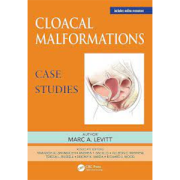
 “Within the field of pediatric colorectal and pelvic reconstruction, the most complex anatomic problem a pediatric surgeon can face is that of a cloacal malformation,” writes
“Within the field of pediatric colorectal and pelvic reconstruction, the most complex anatomic problem a pediatric surgeon can face is that of a cloacal malformation,” writes 

